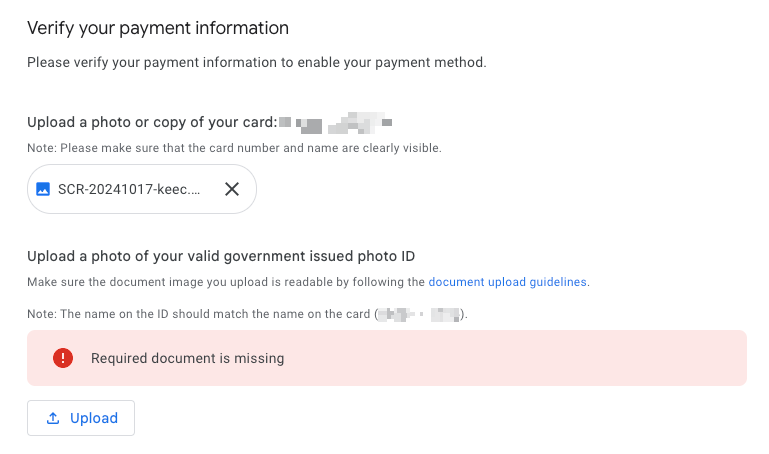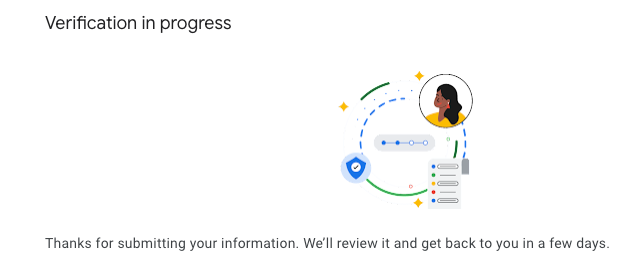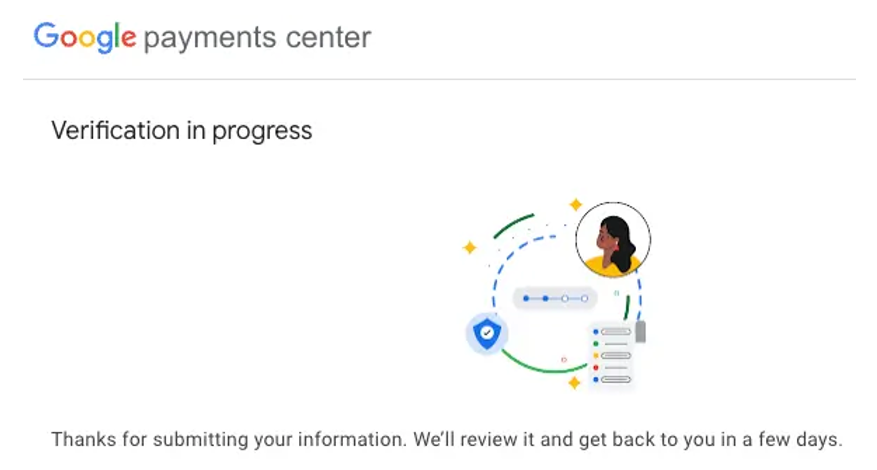In the world of digital advertising, timely payments are crucial to ensure that campaigns run smoothly. For advertisers using Google Ads, there has recently been a growing concern with failed credit card transactions resulting in their credit card being marked with the status: “The account is closed.” Traditionally, this status is used when the associated bank account is permanently closed, but advertisers are facing it under very different circumstances. This issue stems from a verification process that, while aimed at preventing fraud, is causing disruptions in legitimate advertising efforts.
The Problem: Failed Transactions Leading to blocked credit cards
One of the most frustrating scenarios for advertisers is having their Google Ads accounts unexpectedly halted due to failed credit card transactions. Normally, when a credit card transaction fails—whether due to insufficient funds, fraud alerts, or bank blocks—there is an expectation that the payment method will simply be retried. However, Google has taken a more severe approach in certain cases, marking the card as belonging to a “closed account,” thus shutting down advertising campaigns.

This is happening when banks, aiming to prevent fraud, block transactions and request that cardholders verify the charges. Even after cardholders go through the necessary verification process, Google’s system sometimes still treats the credit card as if the account itself has been closed. Instead of simply retrying the charge once the bank’s verification is complete, Google Ads is blocking the card altogether. This practice leaves many advertisers in a bind, disrupting their campaigns while their accounts are essentially frozen.
Changing Verification Procedures
Traditionally, when a credit card failed, Google would request a manual verification process using a temporary transaction placed on the card. This process was straightforward: advertisers would locate a unique code in the transaction details and enter it into the system, which would then revalidate the payment method.
Recently, however, Google has implemented a more stringent verification process. In addition to the previous method, Google is now asking advertisers to submit photographic proof of the credit card and the cardholder’s ID.

After providing these documents, advertisers are informed that the verification will take a few days, during which time their ad campaigns will remain offline. This change, while aimed at enhancing security, has been met with frustration by businesses that rely on real-time advertising and need their campaigns running without delays.

Impacts on Advertisers
- Revenue Losses: The most immediate impact of these changes is the potential loss of revenue for businesses. When campaigns go offline, advertisers lose exposure, potentially missing out on sales, leads, or engagement opportunities that they depend on to drive their business. In industries where every minute of advertising counts—such as e-commerce, retail, and event-driven promotions—delays caused by verification procedures can result in significant financial loss.
- Disrupted Campaigns: Many advertisers structure their campaigns based on specific timeframes, events, or sales cycles. An ad campaign might be tailored to a holiday sale, product launch, or a limited-time promotion. When these campaigns are suddenly paused due to a payment issue, it can throw off the timing and strategy behind the ads, diminishing their effectiveness even when they eventually resume.
- Administrative Burden: The added steps of taking pictures of IDs and credit cards create additional work for advertisers. Many businesses, especially agencies managing multiple client accounts, now have to deal with this administrative overhead, pulling them away from their core focus of optimising campaigns.
- Reputational Risk: For agencies and marketers managing multiple clients’ Google Ads accounts, delays in getting ads back online can reflect poorly on their services. Clients may not understand that the issue lies with Google’s new policies and may instead attribute the problems to poor management.
Why Is Google Doing This?
While frustrating, there is likely a valid reason behind Google’s stricter payment verification processes. One possibility is the rise in fraudulent activities involving stolen credit cards and hacked accounts. Digital advertising platforms, being easy targets for fraudsters, need robust security measures to prevent abuse. Stolen credit cards can be used to run fake ad campaigns or drive fraudulent traffic, costing Google and legitimate advertisers millions of dollars in lost revenue and resources.
Additionally, Google has a vested interest in protecting its platform from abuse. Fraudulent transactions can lead to chargebacks and disputes, which are costly and time-consuming to resolve. By implementing stricter verification methods, Google is attempting to safeguard its system from being exploited by bad actors. This is likely in response to increased cases of account hacking and fraudulent transactions seen across many online platforms.
The Consequences of Overzealous Fraud Prevention
While Google’s intention may be to prevent fraud, its current methods of dealing with failed credit card transactions may be overly stringent, leading to unintentional harm to legitimate advertisers. The practice of marking credit card accounts as closed, even after verification steps have been completed, is clearly a case of the system being too rigid. Rather than retrying the transaction or providing more lenient options for re-verification, the accounts are being shut down prematurely.
Moreover, the newer requirement of providing photographic documentation introduces privacy concerns. Many advertisers may feel uncomfortable sharing sensitive details like their credit card numbers and personal IDs, even with a company as large and trusted as Google. There’s also the risk of human error or system flaws leading to further delays in the verification process, as Google manually checks each submission.
What Can Advertisers Do?
For advertisers caught in this web of verification delays, the first step is to ensure that their credit card companies are aware of upcoming transactions from Google. This can help to avoid unnecessary transaction blocks that trigger these issues in the first place. Communicating with the bank ahead of time can be a useful preventative measure.
Secondly, advertisers need to stay informed about Google’s policies and be prepared for potential verification steps. Understanding that campaigns may be delayed will help in managing expectations and adjusting timelines to ensure minimal disruption.
Lastly, businesses may want to consider using alternative payment methods, such as debit cards or even virtual credit cards that can be easily updated. Google surprising provides limited payment methods through credit and debit cards only. They don’t even provide a Paypal option, a brand that falls under their own portfolio of businesses.
A Balancing Act for Google
Google’s decision to tighten payment verification measures is likely an attempt to balance security and user experience, but the current system is causing frustration for legitimate advertisers. While preventing fraud is critical, the way Google handles failed transactions and verification delays may need re-evaluation to ensure that genuine businesses are not penalised. For now, advertisers must navigate these challenges carefully, balancing their need for real-time advertising with the complexities of payment verification in the digital age.
By Manesh Ram, Digital Marketing Specialist. Please follow @maneshram & Meta









